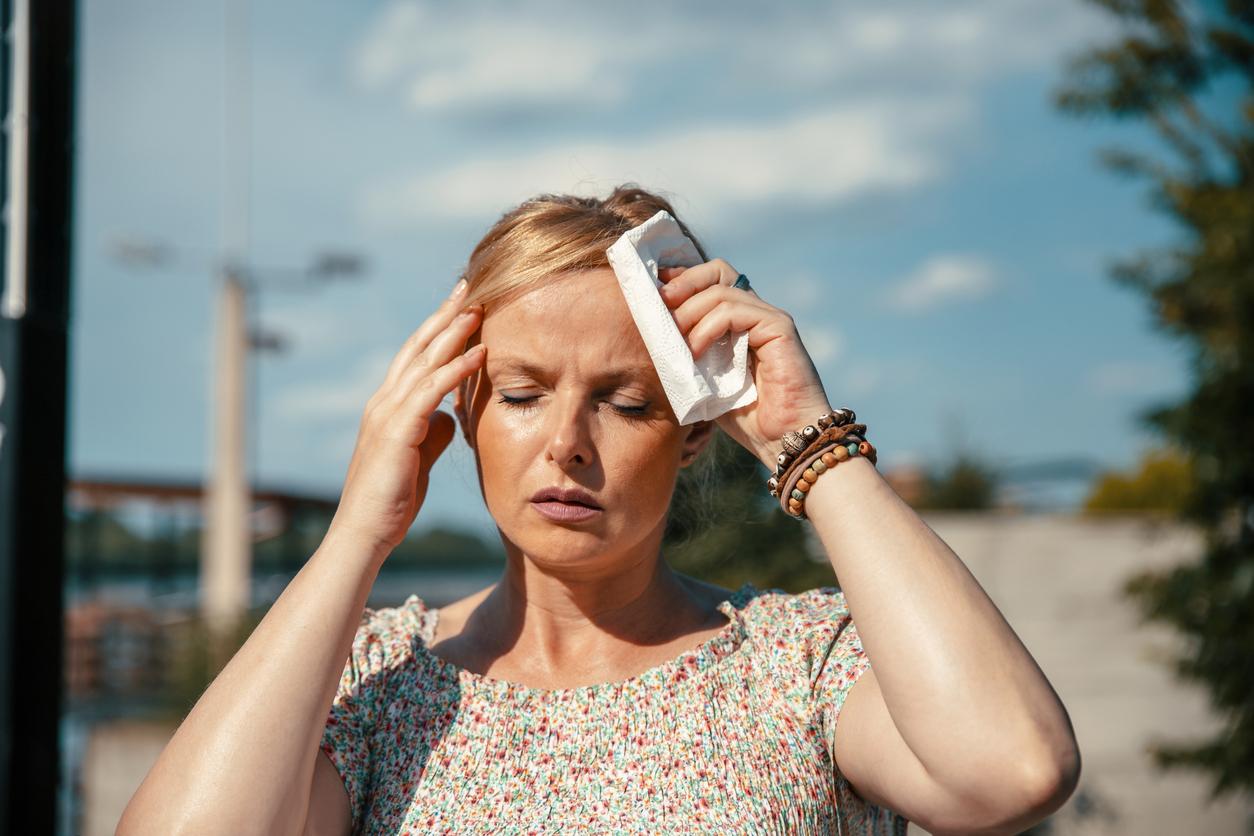Researchers have determined the combinations of temperature and humidity that lead to increased cardiovascular pressure.

- A study shows that cardiovascular strain begins at lower temperature and humidity levels than cause increases in body temperature.
- People who had a minimal activity in a hot and dry place, saw their cardiovascular pressure increase from 45 degrees and a humidity of 19%.
- When they had minimal activity in a warm, humid room, their cardiovascular strain rose when the temperature reached 35 degrees and the relative humidity was 65%.
It has been repeatedly shown that heart attacks are more common during heat waves. One of the reasons for this phenomenon is that high temperatures increase cardiovascular tension (continuous increase in heart rate). As heat waves are more and more numerous due to climate change, researchers from Pennsylvania State University wanted to determine more precisely at what temperature, but also what humidity, the heart began to race dangerously and be in difficulty.
Heat and humidity: heart pressure increases before body temperature
The scientists brought together 45 people in their twenties. They asked them to walk slowly on a treadmill or perform activities simulating daily living tasks inside a room that replicated hot and humid or hot and dry environmental conditions.
The researchers found that during minimal activity in a hot, humid place, cardiovascular strain increased when the temperature rose to 35 degrees and the relative humidity was 65%. In contrast, body temperature only began to rise when the air was 35 degrees and 73% humidity. During the slow walk, the cardiovascular tension increased when the weather station showed 35 degrees and 52% humidity. The body temperature rose on its side from 35 degrees and 58% humidity.
People who had a minimal activity in a hot and dry place, saw their cardiovascular pressure increase from 45 degrees and a humidity of 19%. Body temperature moved from 47 degrees and 17% humidity. When they walked under the same conditions, increases in cardiovascular strain occurred at 40 degrees and 25% relative humidity. The temperature climbed from 42.7 degrees and 22% relative humidity.
Thus, in addition to delineating the temperatures and humidity that can be problematic for fragile hearts, the researchers also discovered that blood pressure increases at lower levels than body temperature.
Heat wave: new recommendations to preserve the heart?
The researchers who will present their work during the American Physiology Summit held April 20-23, 2023 in California, believe their findings can help redefine the guidelines given to better protect people during heat waves.
“Our findings can help determine when alerts are needed to advise people to limit their activities, stay hydrated, and stay in the shade or air-conditioned as much as possible.”explained the first author of the study, Rachel Cottle in a communicated. “They could also help determine when organized sporting events should be postponed, when chill-out centers should be set up, or when outdoor workers should take extra breaks.”.















